Search
Search Results

Image
Zao-Shen, the Kitchen God
Zao-Shen, the Kitchen God as depicted in Myths & Legends of China by Werner, E. T. C. (1922). New York: George G. Harrap & Co. Ltd.
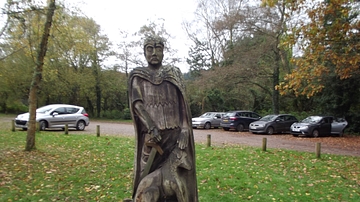
Image
King Arthur Statue
Tintern Station, Gwent, Circle of Legends.
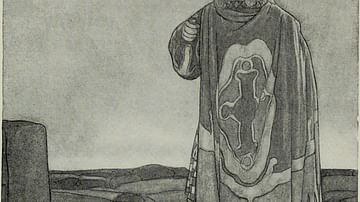
Image
Celtic Warrior with Spear
An illustration by Stephen Reid of a Celtic warrior with a spear. (Internet Book Archive image. From page 330 of "Myths and Legends; the Celtic Race", Rolleston, T.W., Boston-Nickerson, 1910)
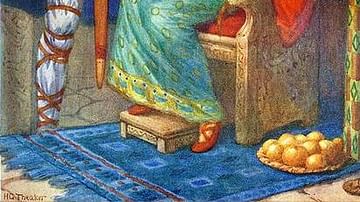
Image
Skírnir and Gerðr
Artist's depiction showing a tale from Norse Mythology recorded in the Skírnismál in which Freyr sends his servant Skírnir to Jotunheim, the realm of the giants, in order to convince the giant-daughter Gerðr to marry Freyr. She refuses, and...
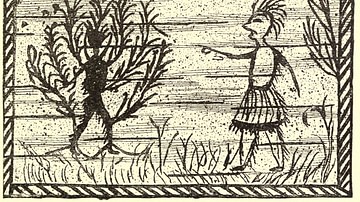
Image
Glooscap Turning Man into a Cedar Tree
Glooscap Turning Man into a Cedar Tree, scraping on birchbark by Tomah Joseph, featured in The Algonquin Legends of New England by Charles Godfrey Leland, 1884.
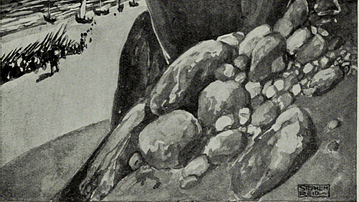
Image
Tuan Watches the Nemedians Arrive in Ireland
An illustration of Tuan mac Cairill watching the arrival of the Nemedians, one of the group of peoples that attempted to settle in Ireland in that country's founding mythology. (Taken from T. W. Rolleston's 'Myths & Legends of the Celtic...
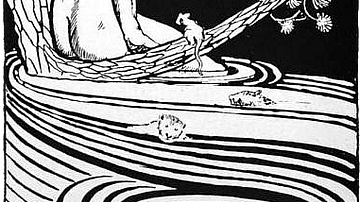
Image
Manabozho in the Tree Above the Flood
Manabozho in the Tree Above the Flood, illustration by R.C. Armour, from his book North American Indian Fairy Tales, Folklore, and Legends, 1905.
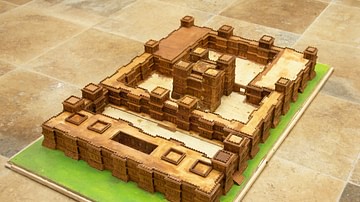
Definition
Kingdom of Axum
The African kingdom of Axum (also Aksum) was located on the northern edge of the highland zone of the Red Sea coast, just above the horn of Africa. It was founded in the 1st century CE, flourished from the 3rd to 6th century CE, and then...

Definition
Lao-Tzu
Lao-Tzu (l. c. 500 BCE, also known as Laozi or Lao-Tze) was a Chinese philosopher credited with founding the philosophical system of Taoism. He is best known as the author of the Laozi (later retitled the Tao-Te-Ching translated as “The Way...
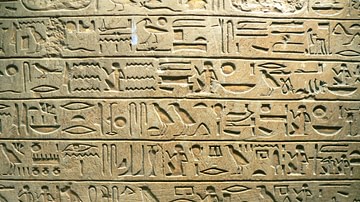
Definition
Ancient Egyptian Literature
Ancient Egyptian literature comprises a wide array of narrative and poetic forms including inscriptions on tombs, stele, obelisks, and temples; myths, stories, and legends; religious writings; philosophical works; wisdom literature; autobiographies...